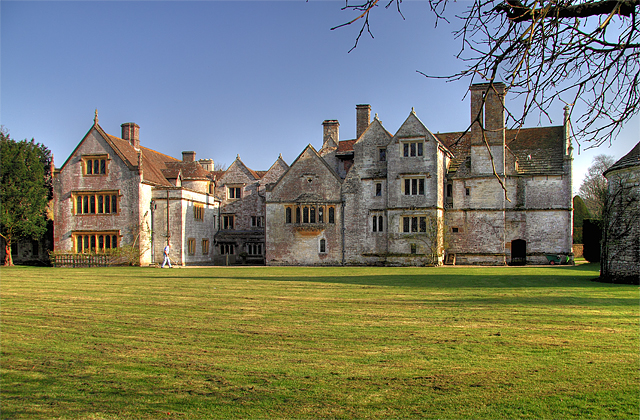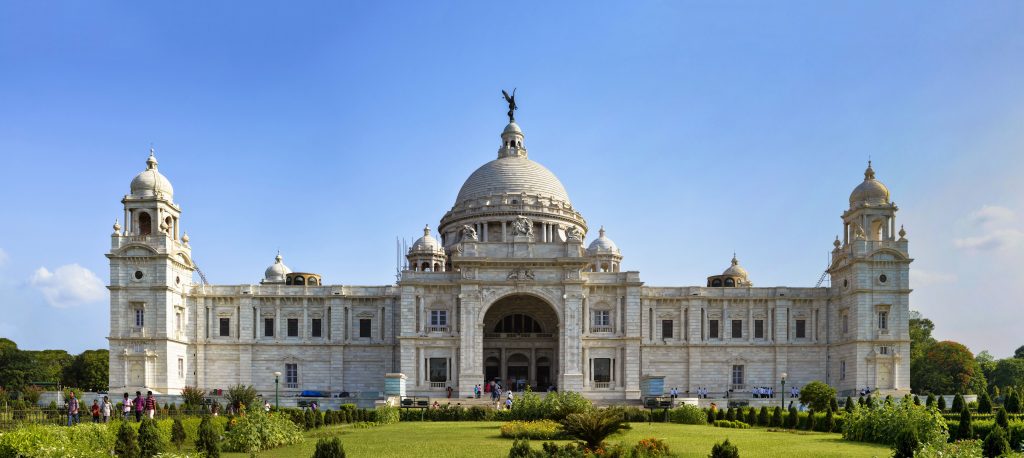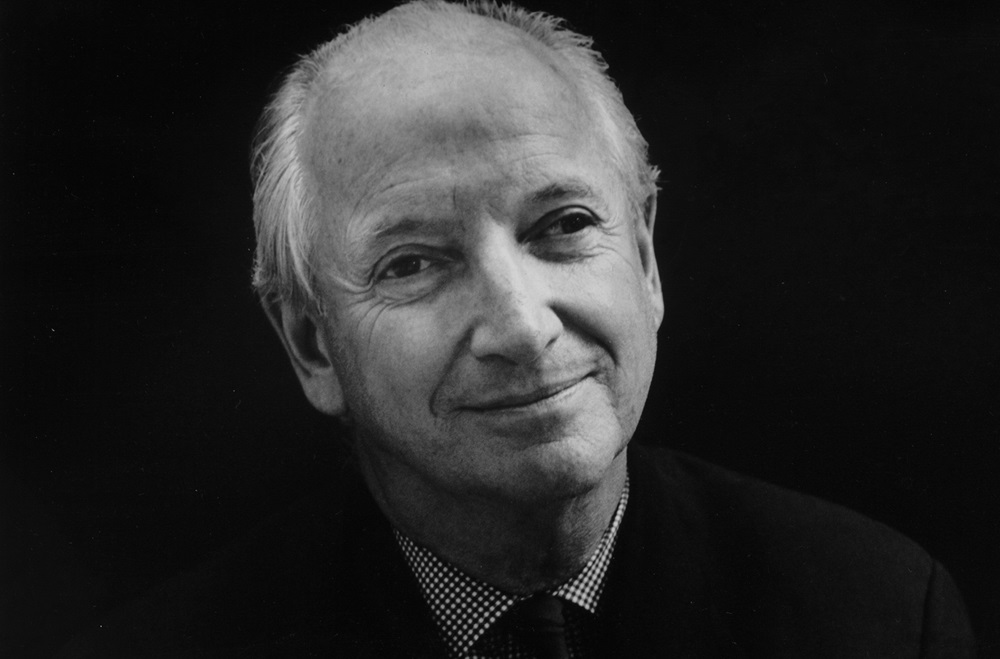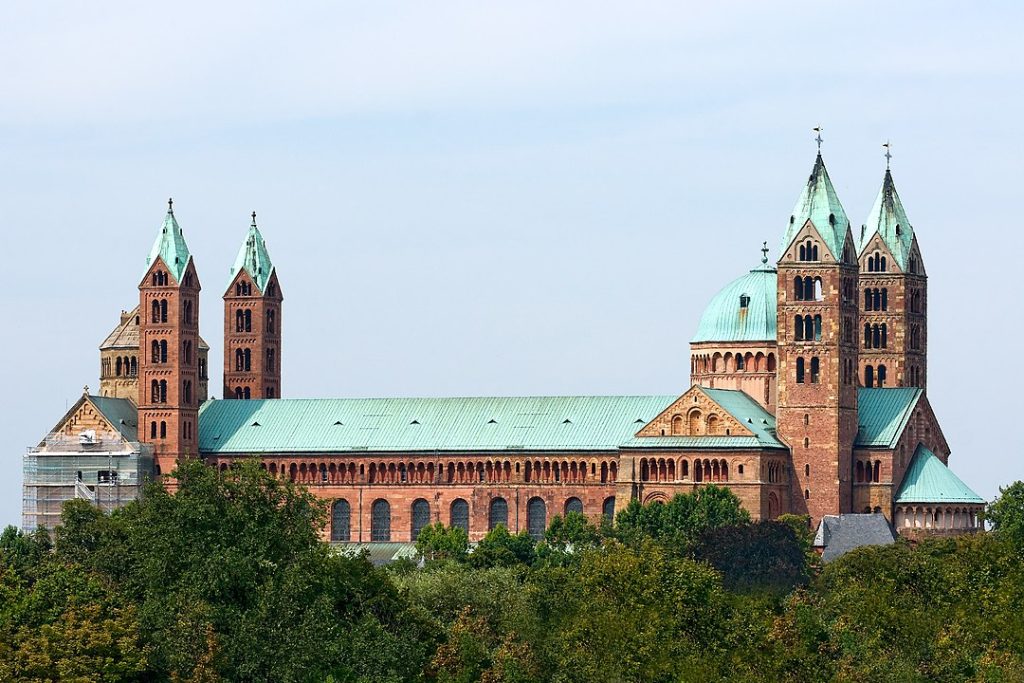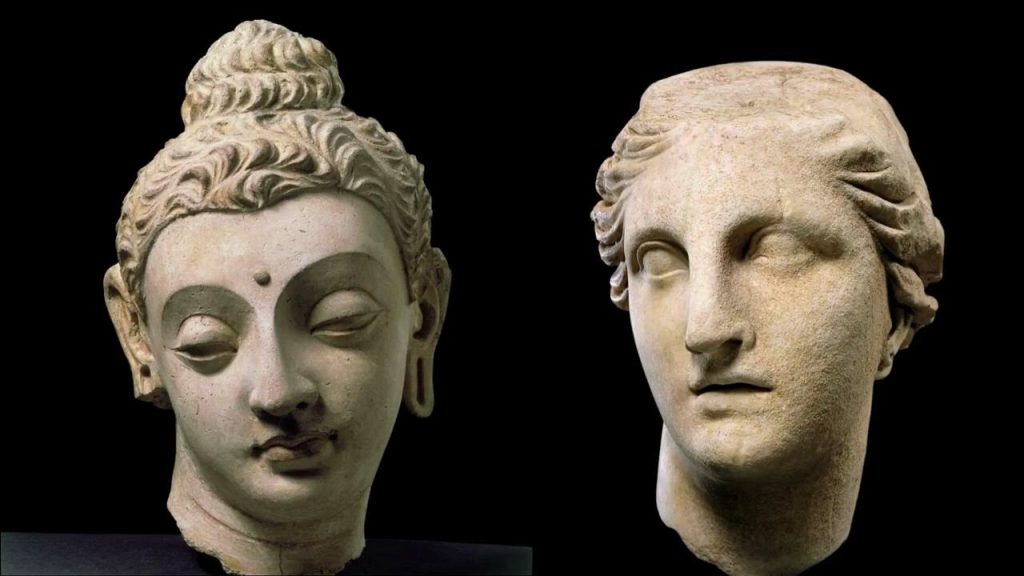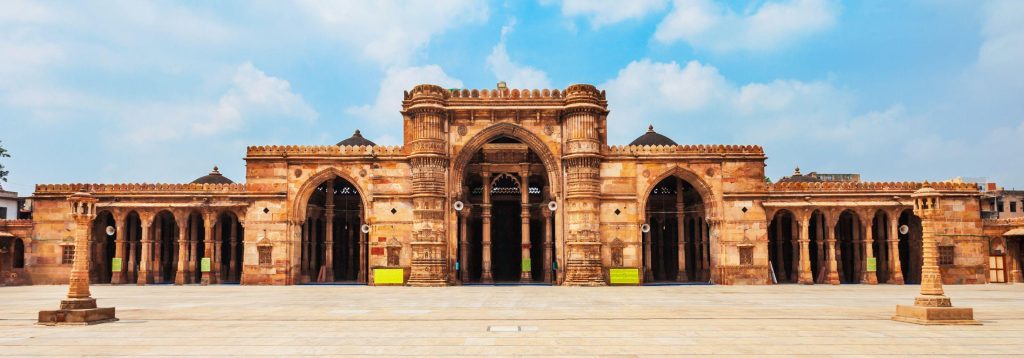Royal Story of a Medieval Classic ‘Tudor Architecture’
The English Tudor era, which spanned the late 15th and early 17th centuries, is remembered for producing the most notable examples of half-timbered architecture. These homes are historical relics that capture their day’s social and cultural shifts and are architectural wonders. Tudor architecture emerged during the reigns of the Tudor kings, particularly Mary I, Edward […]
Royal Story of a Medieval Classic ‘Tudor Architecture’ Read More »


